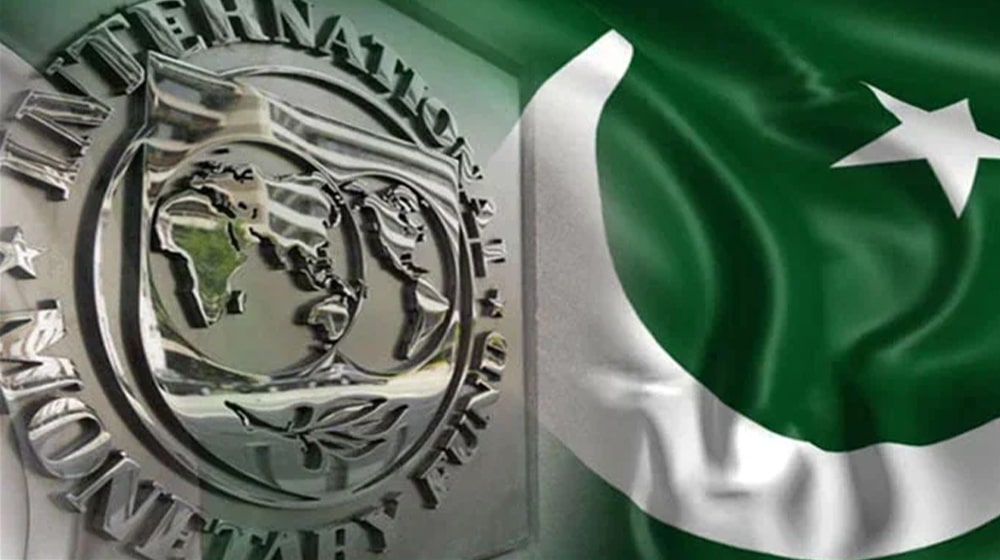The International Monetary Fund (IMF) has lowered the projection of Pakistan’s gross external financing needs to $21.044 billion for next fiscal year 2024-25 i.e. 5.5 percent of GDP against $24.965 billion i.e. 7.1 percent of GDP for the outgoing fiscal year.
The IMF in its report titled, “Second and final review under the Stand-By Arrangement (SBA), stated that external and domestic financing needs in coming years are very large, and policy adjustment will need to be sustained in the post-SBA period to materialize this financing and prevent a re-intensification of fiscal and balance of payments pressures.
The Fund has projected available financing at $25.379 billion for 2024-25 against $26.533 billion for the outgoing fiscal year.
The report noted that the program is fully financed and the reserve position at end-fiscal year 2024 is consistent with program objectives. While total delivery of the SBA financing commitments in fiscal year 2024 is expected to fall somewhat short of projections in the SBA request ($4.0 billion out of the $4.6 billion have been disbursed), with some disbursements spilling into fiscal year 2025, this has been compensated by a tighter current account and savings from a debt rearrangement with a major bilateral creditor prior to the first review.
Nonetheless, given Pakistan’s external sector vulnerabilities, it is important that the remaining commitments are delivered in a timely way. Over the medium-term, risks arise from large public sector external rollover needs, a persistent current account deficit, a difficult external environment for Eurobond and Sukuk issuance, and limited reserve buffers.
Pakistan’s capacity to repay the Fund is subject to significant risks and remains critically dependent on policy implementation and timely external financing. The Fund’s exposure reaches SDR 6,546 million (322 percent of quota, approximately 102 percent of projected gross reserves at end-April 2024) with completion of all purchases under the SBA.
Exceptionally high risks—notably from delayed adoption of reforms, high public debt and gross financing needs, low gross reserves and the SBP’s net FX derivative position, a decline in inflows, and sociopolitical factors—could jeopardize policy implementation and erode repayment capacity and debt sustainability.
Restoring external viability is critical to ensure Pakistan’s capacity to repay the Fund, and hinges on strong policy implementation, including, but not limited to, external asset accumulation and exchange rate flexibility. Geopolitical instability is an additional source of risk, even as uncertainty surrounding global financial conditions has declined somewhat since the last review.





















